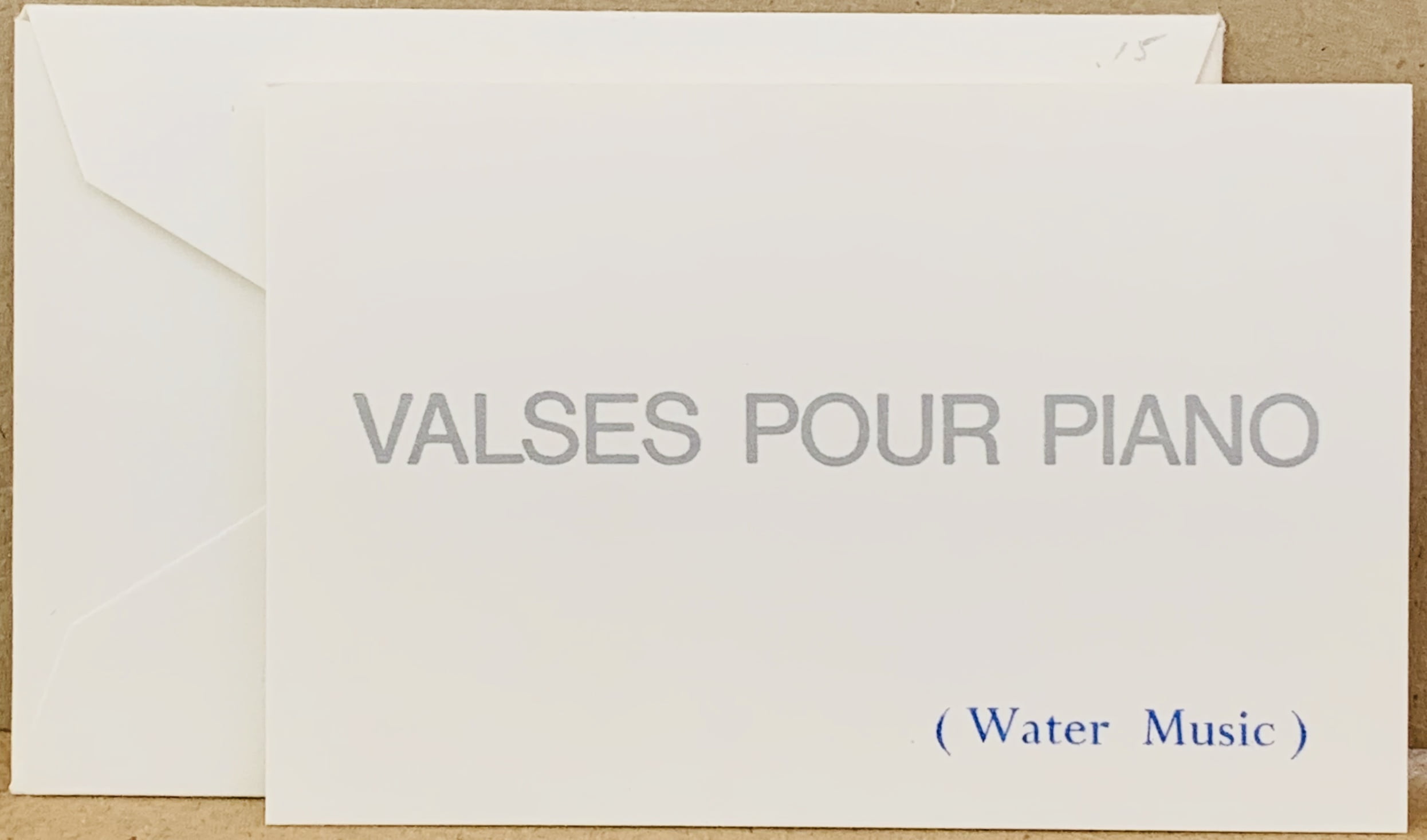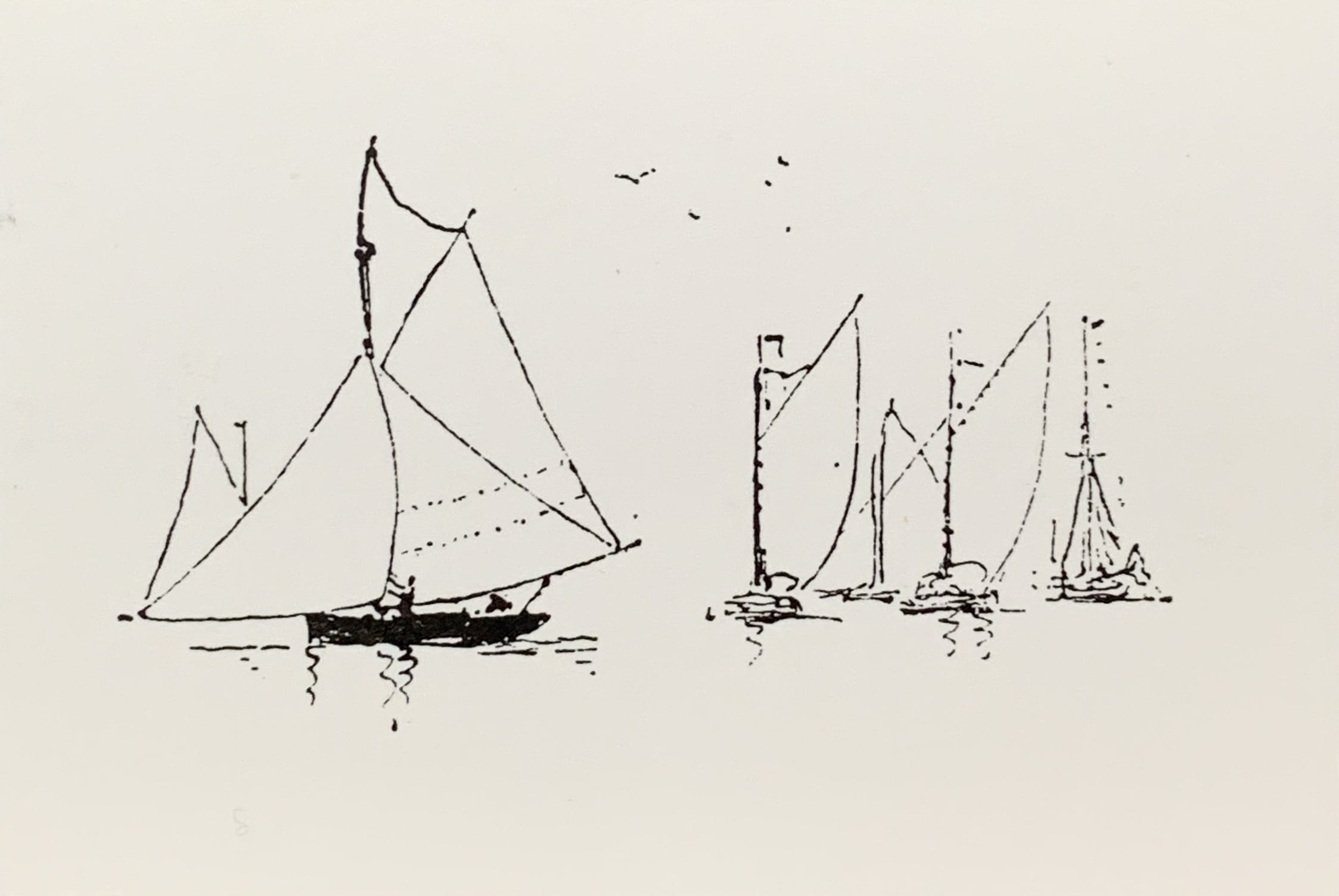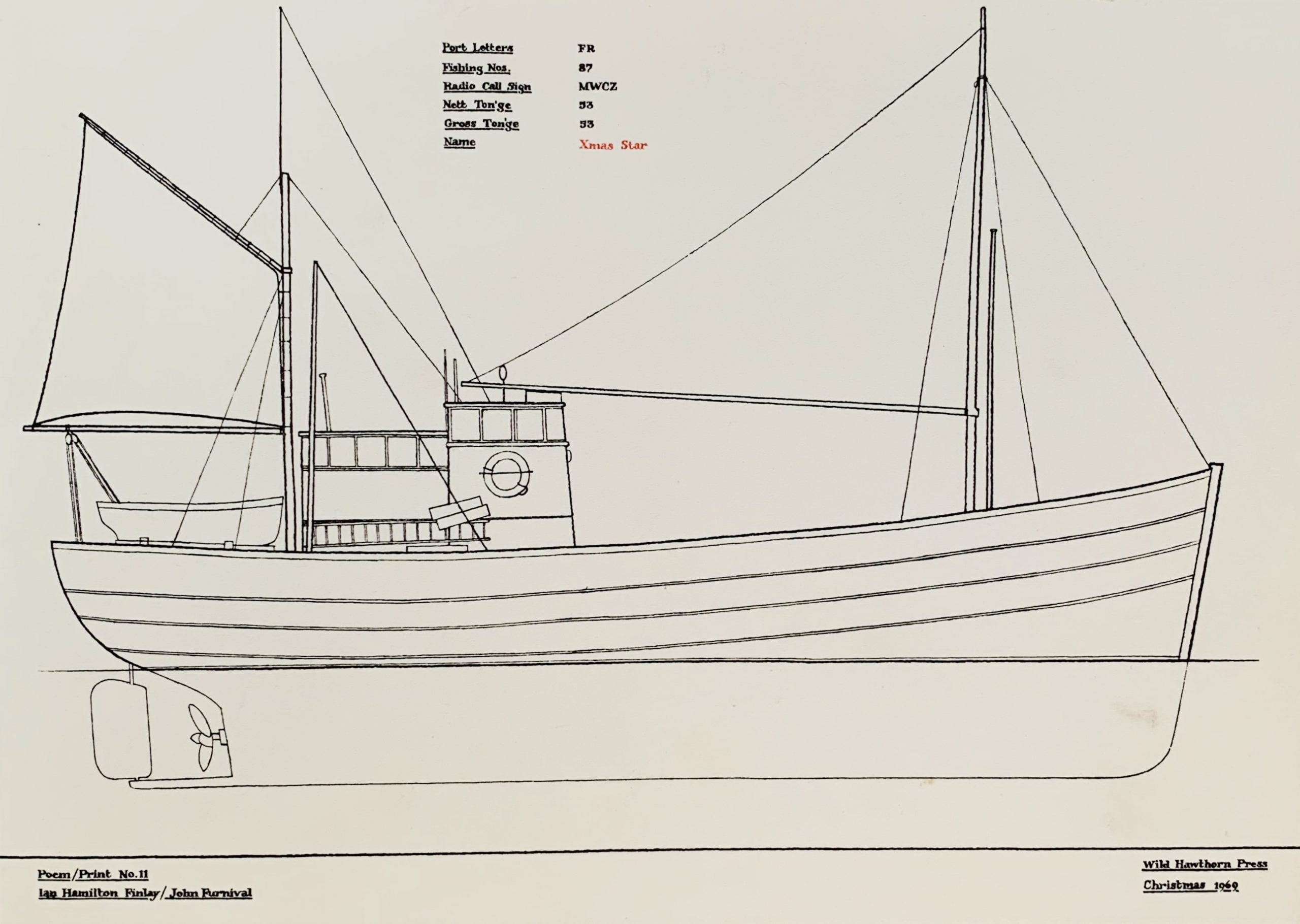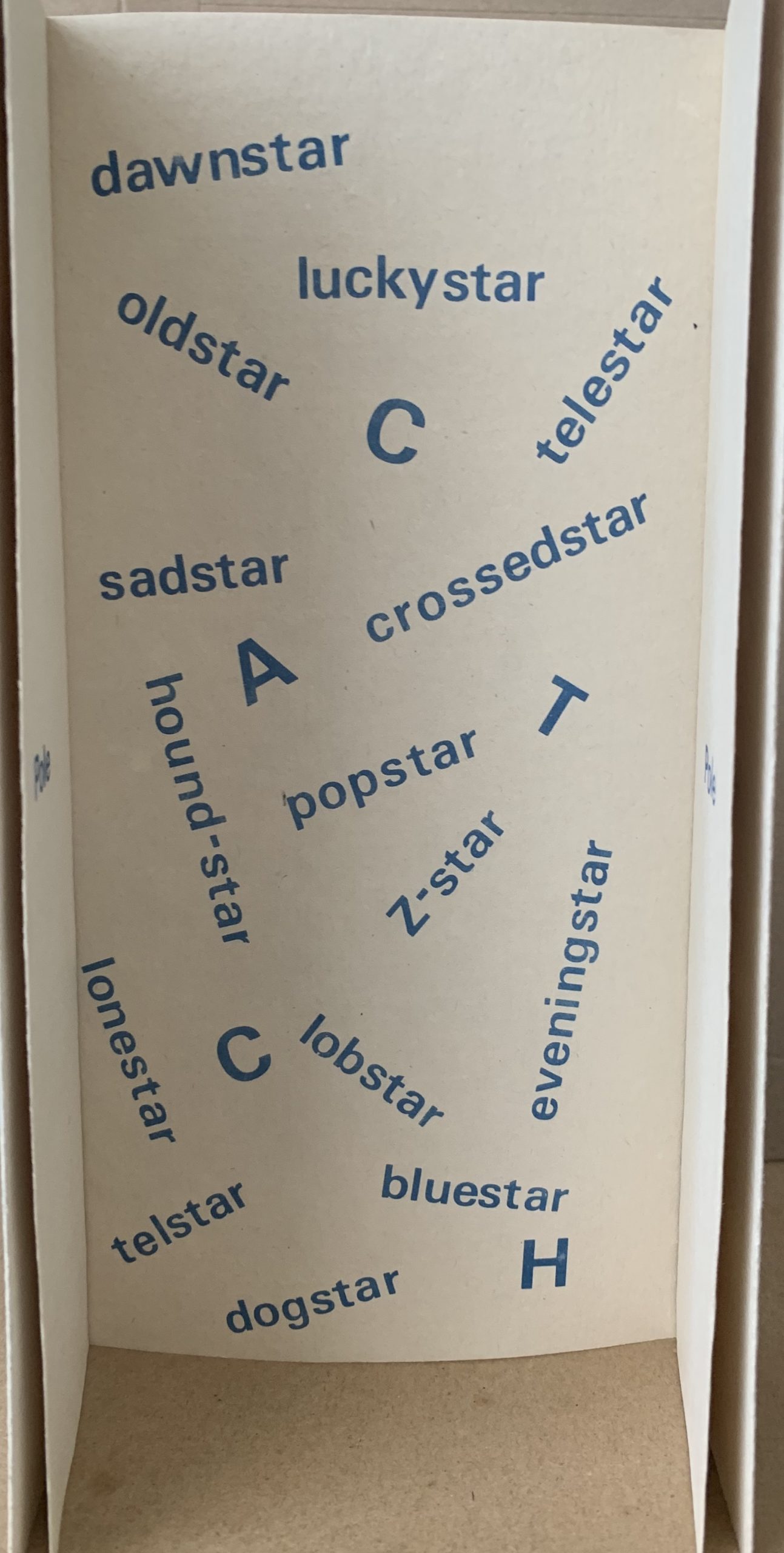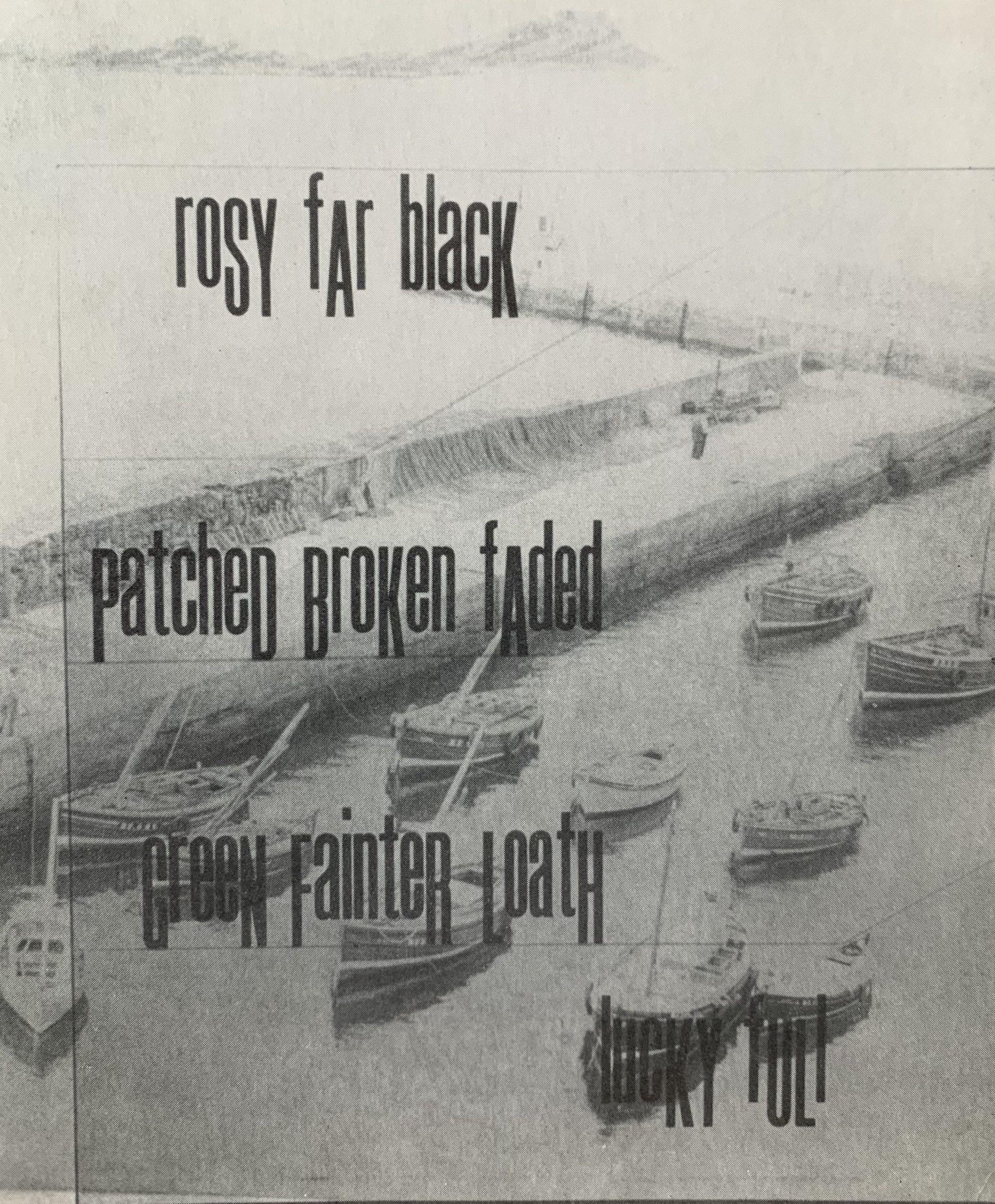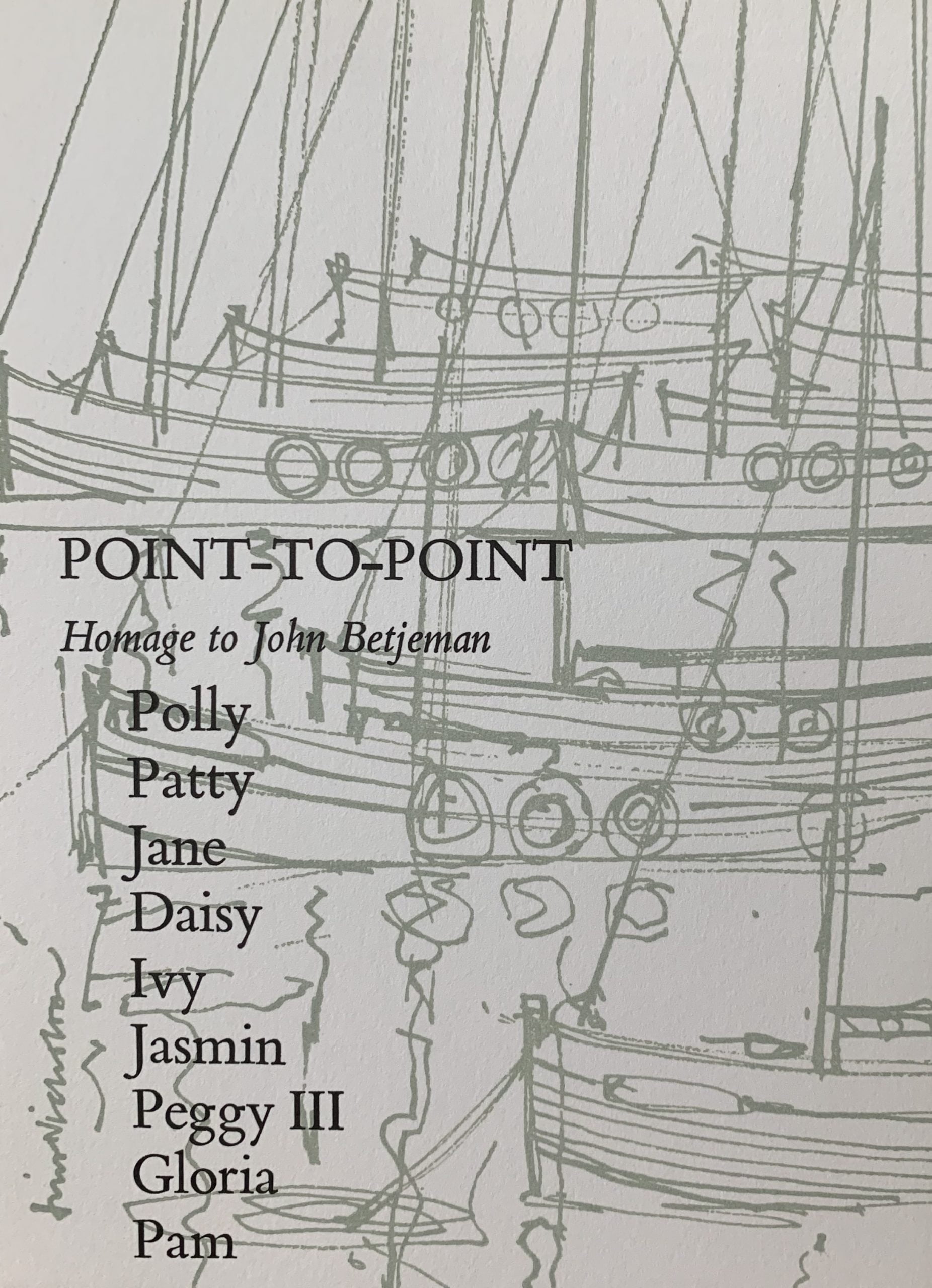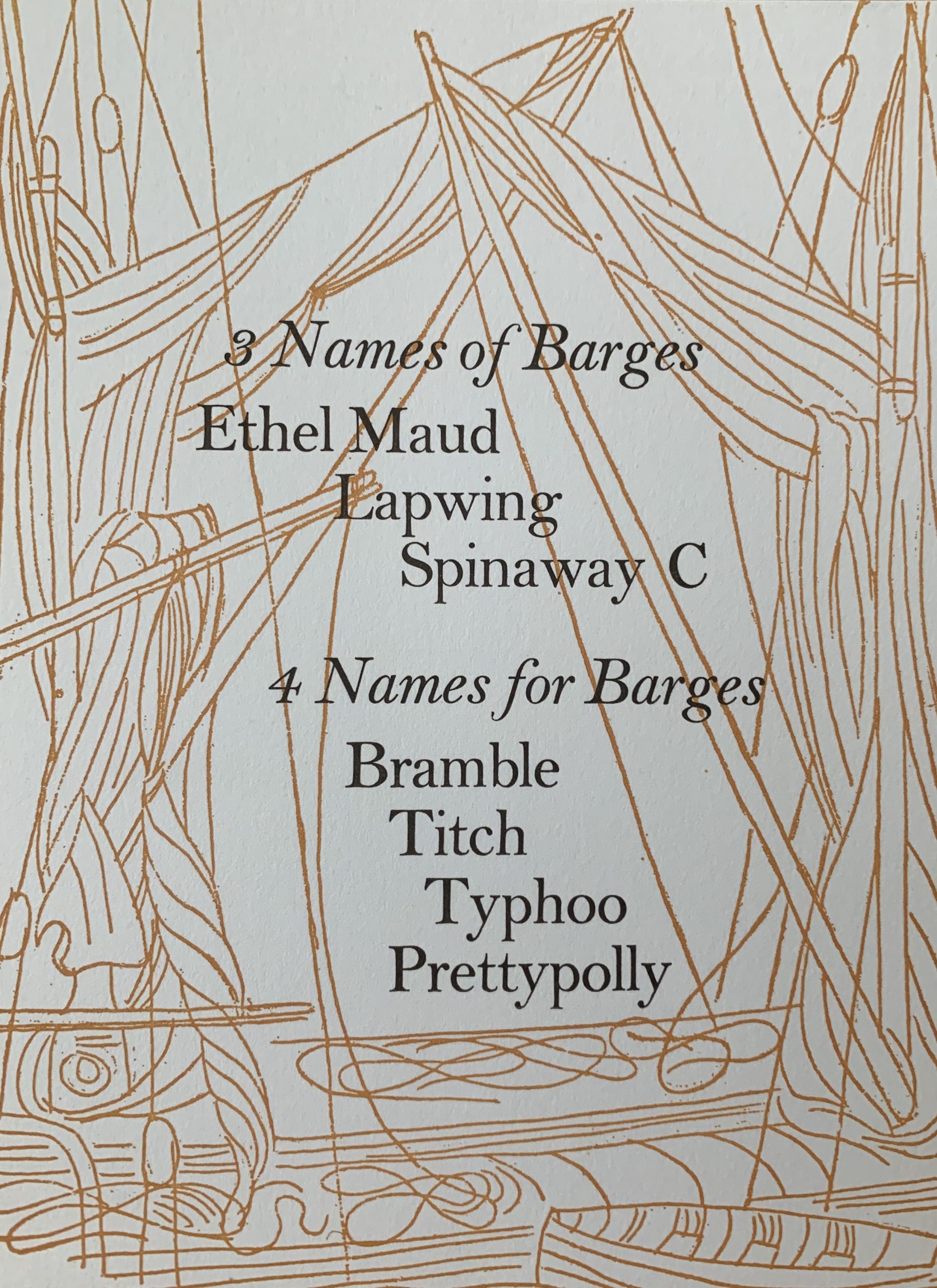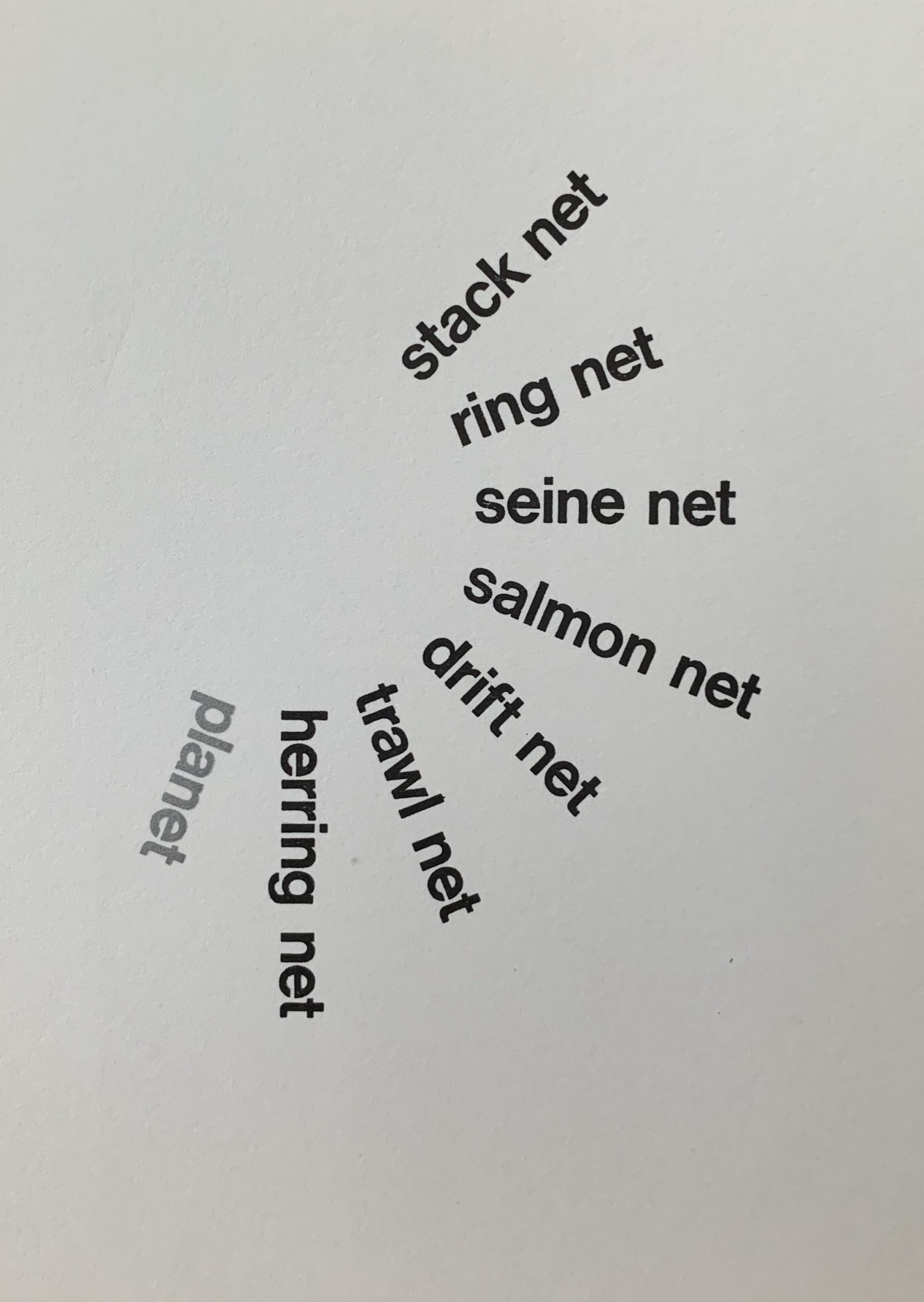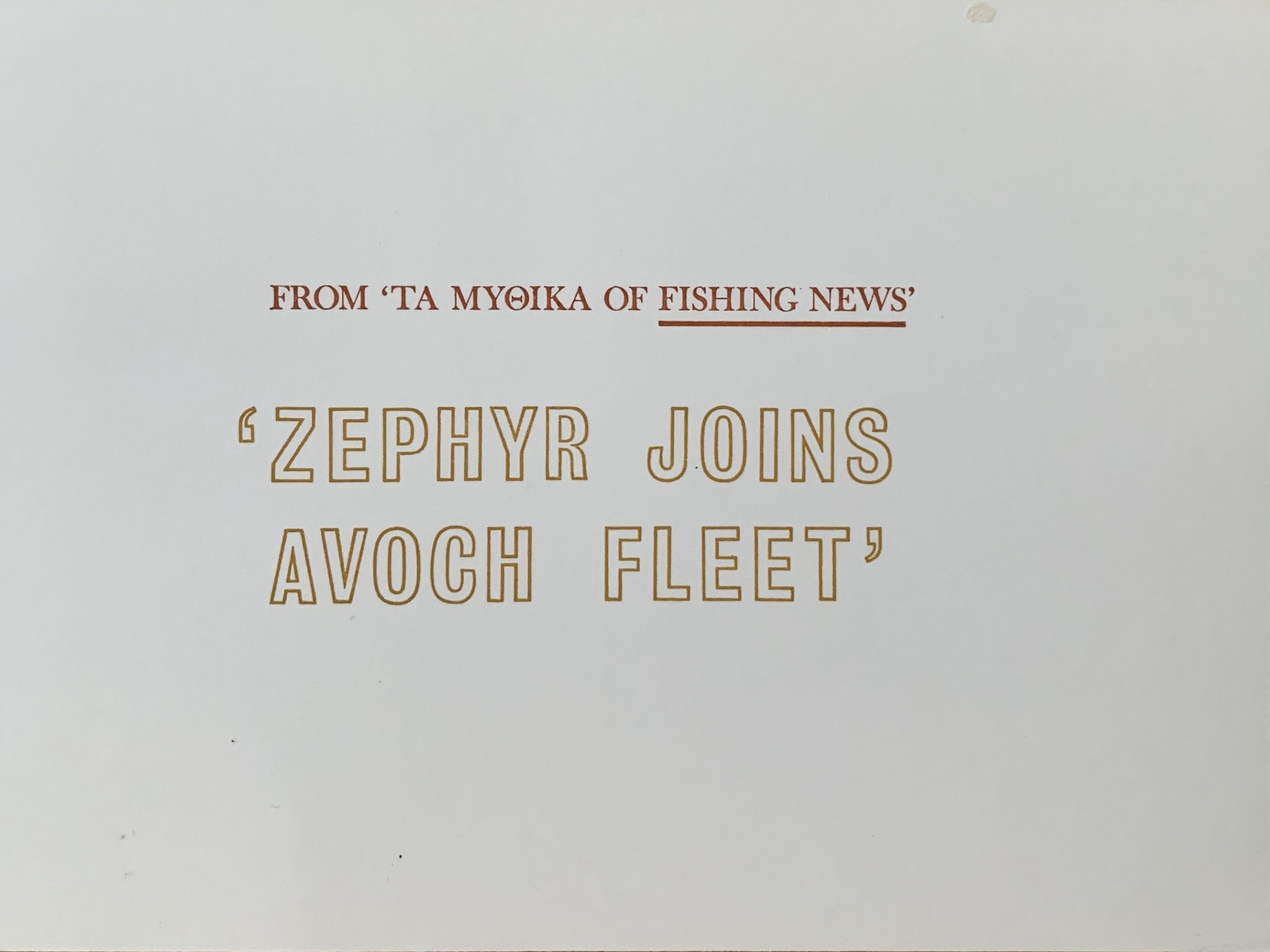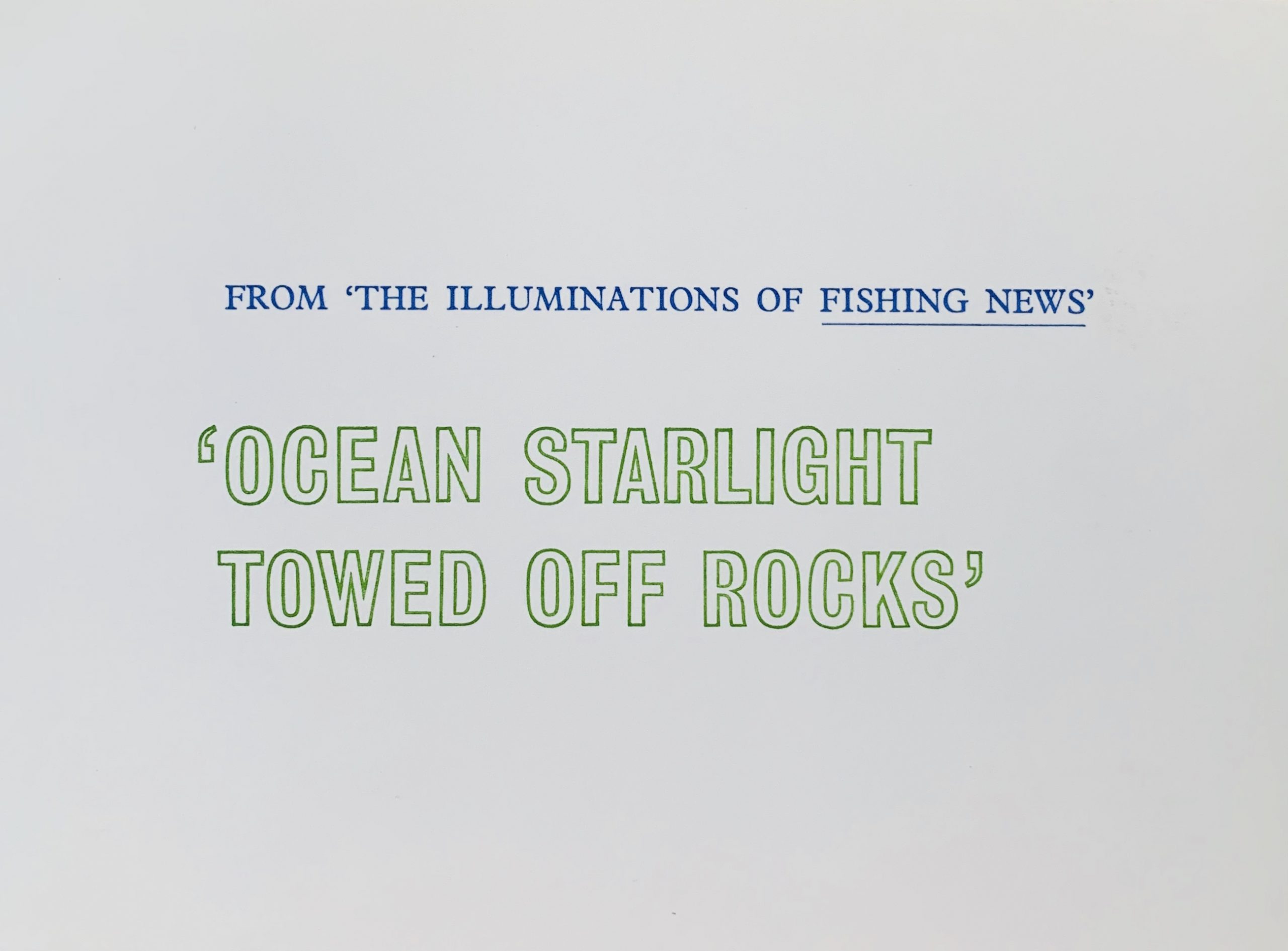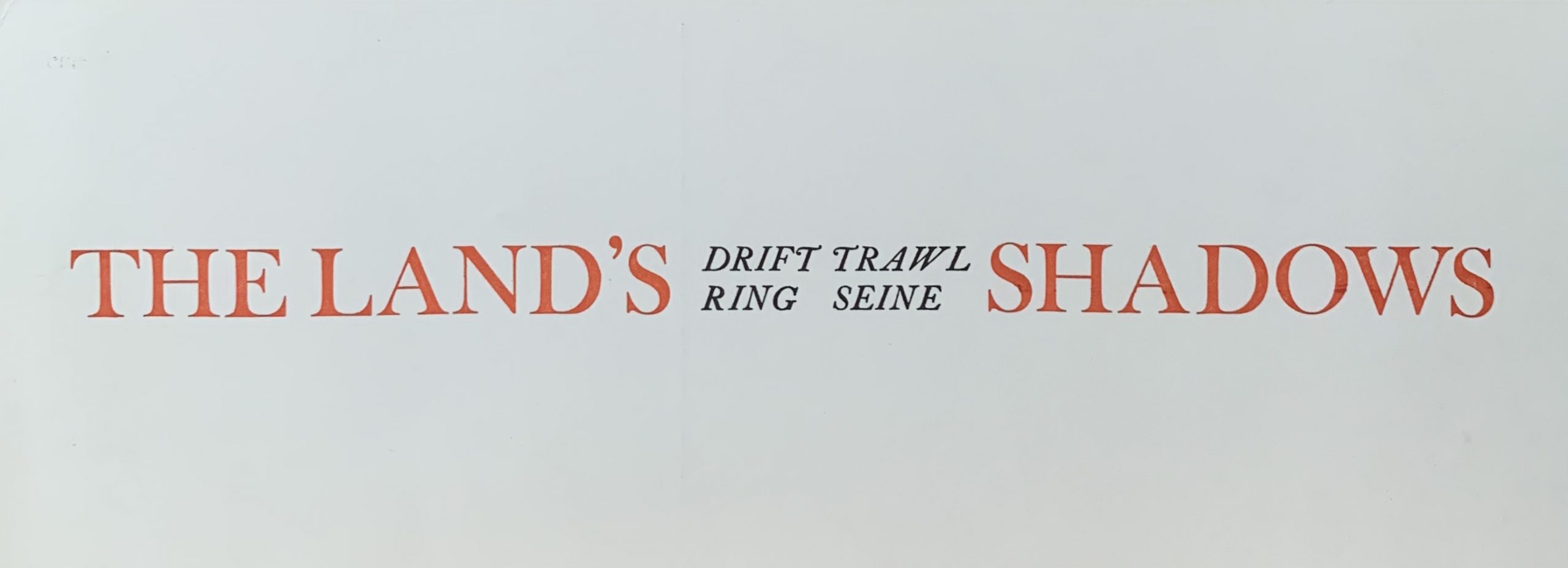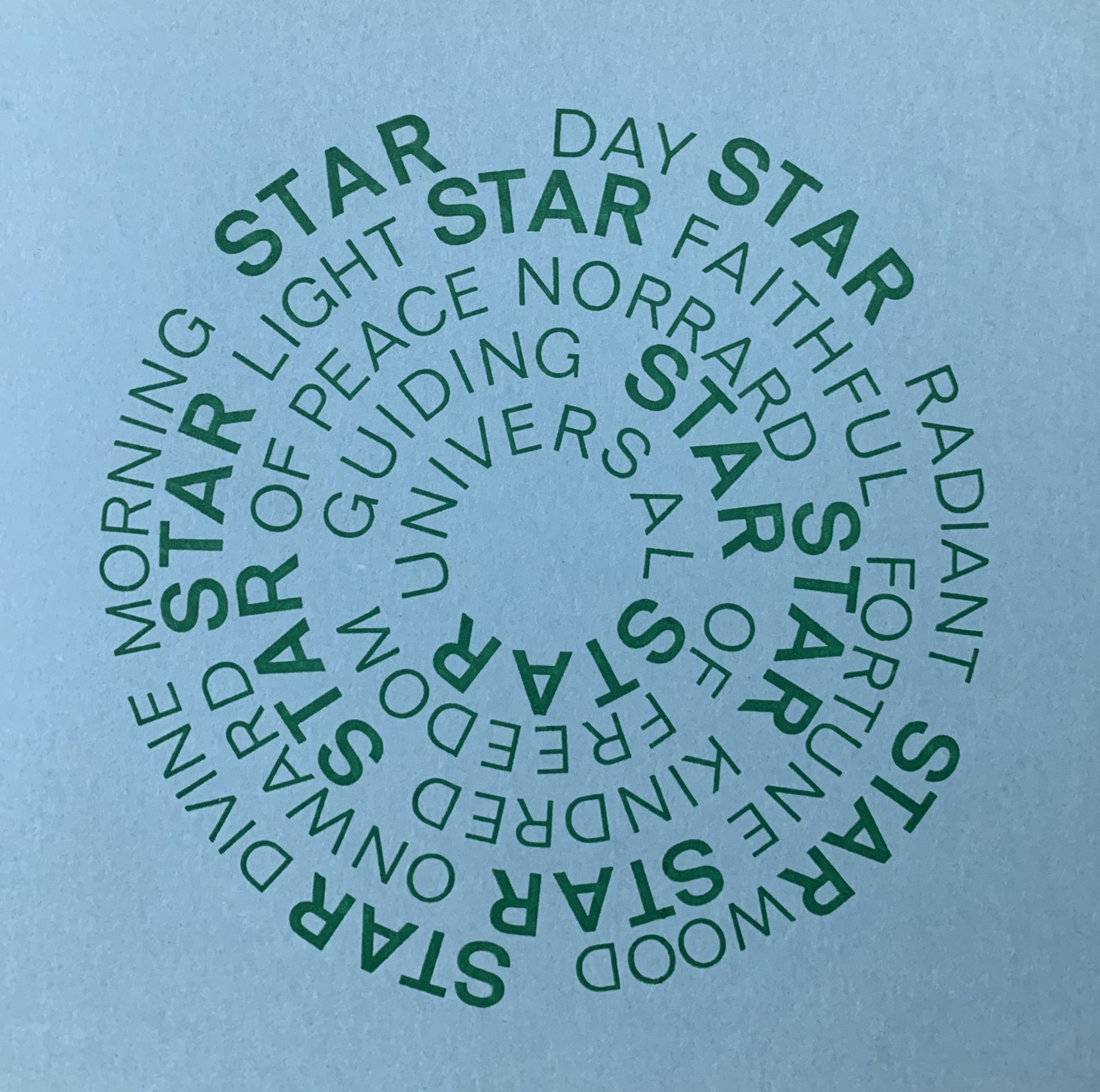11 Feb VALSES POUR PIANO. 1970.
Dunsyre: Wild Hawthorn Press, 1970
6 x 9.2cm, 1pp. Small artist's postcard with the text "VALSES POUR PIANO" in silver above "(Water Music)".
La Valse was a "poème chorégraphique pour orchestre (a choreographic poem for orchestra)" written by Ravel in the 1920s. Initially a ballet it came to be usually just performed on piano without dancers. The timing is that of a waltz. The reference to water music brings the work back to a focus onnature and how sounds such as running water can be melodious.
JOINT WITH:
Original small white envelope for posting.
...

